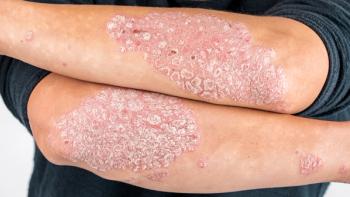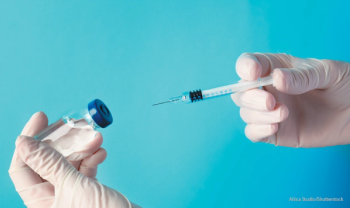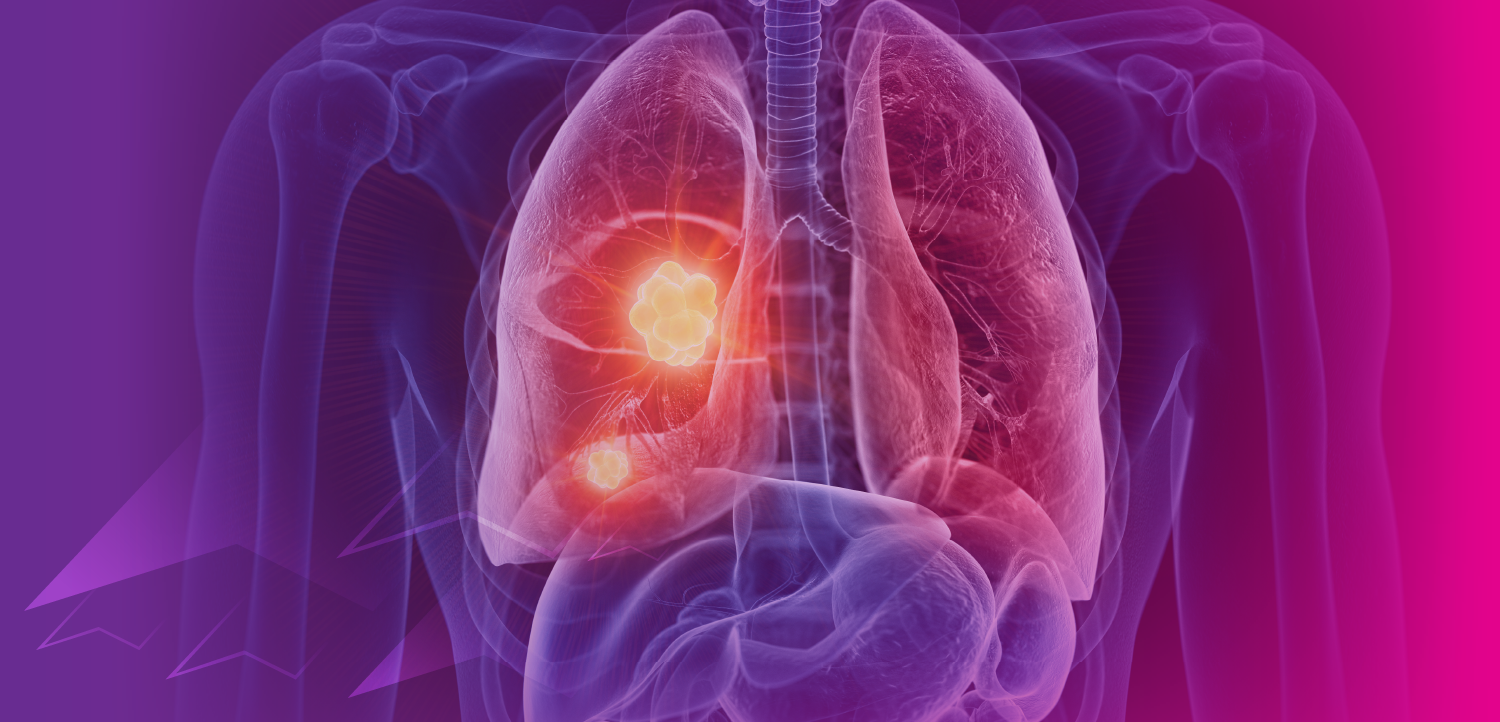
FQHCs need more funding
Federally qualified health centers need $248 million to meet plan targets, much more than the proposed $100 million in the appropriations bill
As part of former President George W. Bush's Health Centers Initiative, launched in 2002 to increase access to primary care services, FQHCs are community-based organizations that provide comprehensive primary care and preventive care, including medical, oral, mental-health and substance-abuse services, to people of all ages-including migrant workers and non-citizens-with payment based on a sliding scale. They are not-for-profit, and the majority of the boards of directors must be consumers of the services provided by the facility.
In 2007 alone, health centers provided care to more than 16 million people, including dental services for 2.8 million and mental-health services for 617,000 more. It was expected that Congress would pass a final Omnibus FY 2009 Appropriations bill this quarter, and that it would include $100 million to $150 million in new funding for the centers.
"While deeply appreciated by all community health centers, the final funding level is well below the $248 million increase we requested last year, and below the growth rate needed to meet our Access for All America Plan targets," Kilstein says. The Access for All America Plan is a comprehensive movement to reduce the ranks of America's medically disenfranchised by preserving, strengthening, and expanding health centers to reach a total of 30 million patients by the year 2015.
Amy Simmons, director of communications for the National Association of Community Health Centers (NACHC), concurs with Sniezek's assessment. "The biggest challenges are a surge in new patients-especially uninsured-in almost every community, and a drop in support from state and local governments, and from philanthropic sources as well, all as a result of the recession," she says.
Meeting that challenge will require collaboration between health centers, health plans and hospitals to reduce inappropriate emergency room use, and experts agree that such partnerships are a critical step toward creating a more cost-effective and higher-quality healthcare system.
AN EMERGENCY, INDEED
While overall health insurance numbers took a positive turn in 2007, a closer look at the data underscores the continued need for a strong network of FQHCs.
• In 2007 (according to the U.S. Census health insurance update), the percentage of U.S. residents without health insurance was 15.3%, down from 15.8% in 2006, and the number of uninsured was 45.7 million in 2007, down from 47 million the previous year.
• The percentage of people covered by government health insurance programs increased to 27.8% in 2007, up from 27% in 2006. The percentage and number of people covered by Medicaid went from 38.3 million (12.9% of the population) in 2006 to 39.6 million in 2007 (13.2%).
Newsletter
Get the latest industry news, event updates, and more from Managed healthcare Executive.



















































